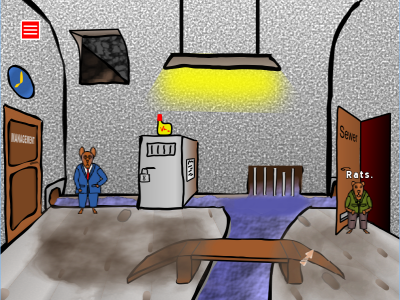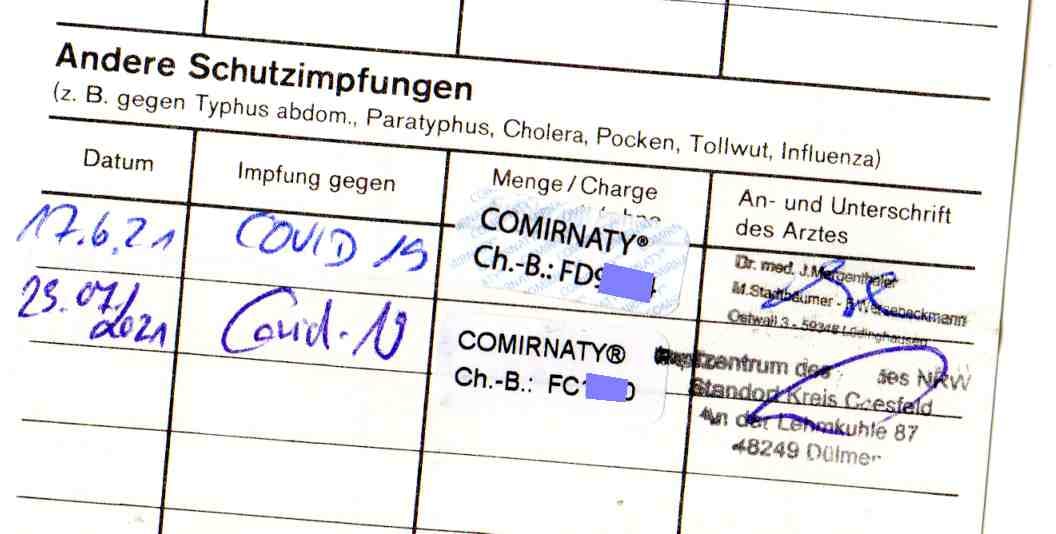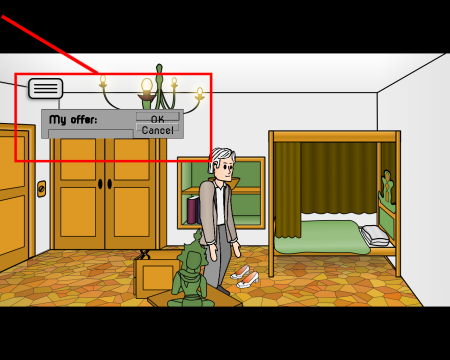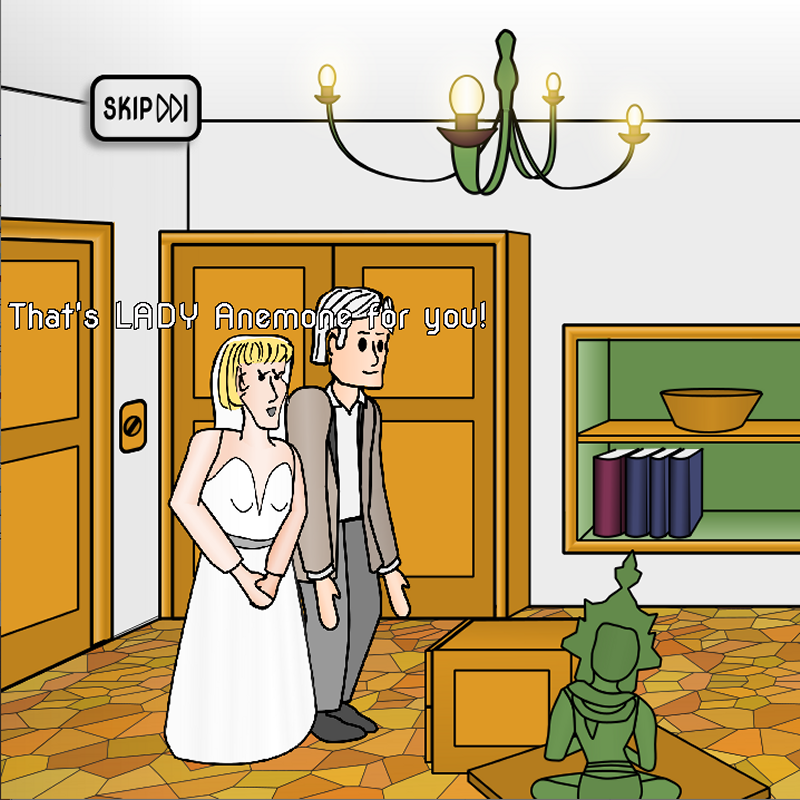Hello community,
after much delay, I'd like to present my game and tied winner of the MAGS 2018/05 jam (Theme: “Ratsâ€):
(What? That whole string is the title of this adventure! )
)
It features:
 ).
).
Get the game here
Have lots of fun!
after much delay, I'd like to present my game and tied winner of the MAGS 2018/05 jam (Theme: “Ratsâ€):
 | The Devious and Daring Commando Raid of Linkattus, The Lowly Janitor Rat, In Order to Free Ratzelda, the Princess of His Dreams, And to Get Her, Too |  |
(What? That whole string is the title of this adventure!
 )
)It features:
- a BASS like interface,
- hand-drawn art in Inkscape,
- original music, recorded from a Yamaha keyboard and edited in Audacity
- the AGS system by Chris Jones and later contributors
- lots of Adventuring and Frolicking :-)
- Rats
- and a Cat.
 ).
).Get the game here
Have lots of fun!



 Then I got lucky at last in my family doctor's office. The vaccines were rationed and so I had to prove that I was even entitled to get the shot.
Then I got lucky at last in my family doctor's office. The vaccines were rationed and so I had to prove that I was even entitled to get the shot. 



